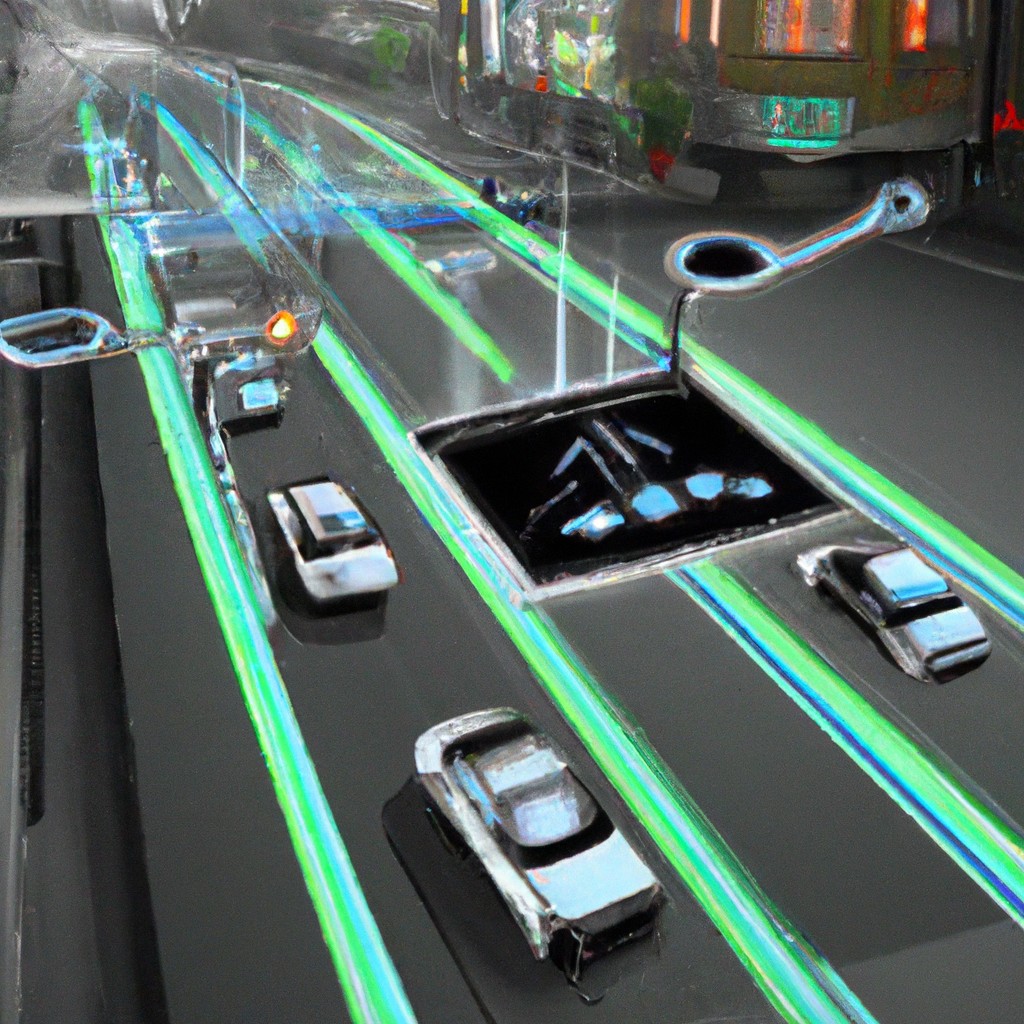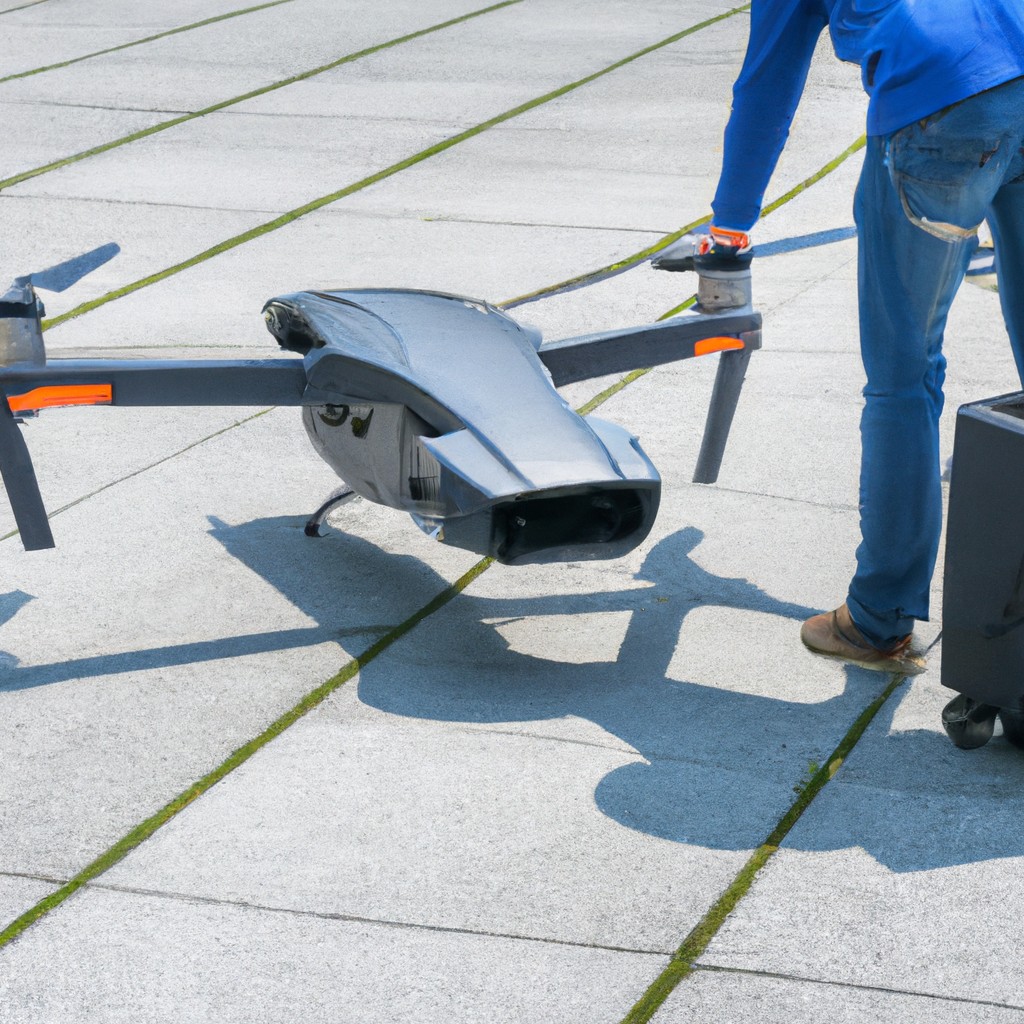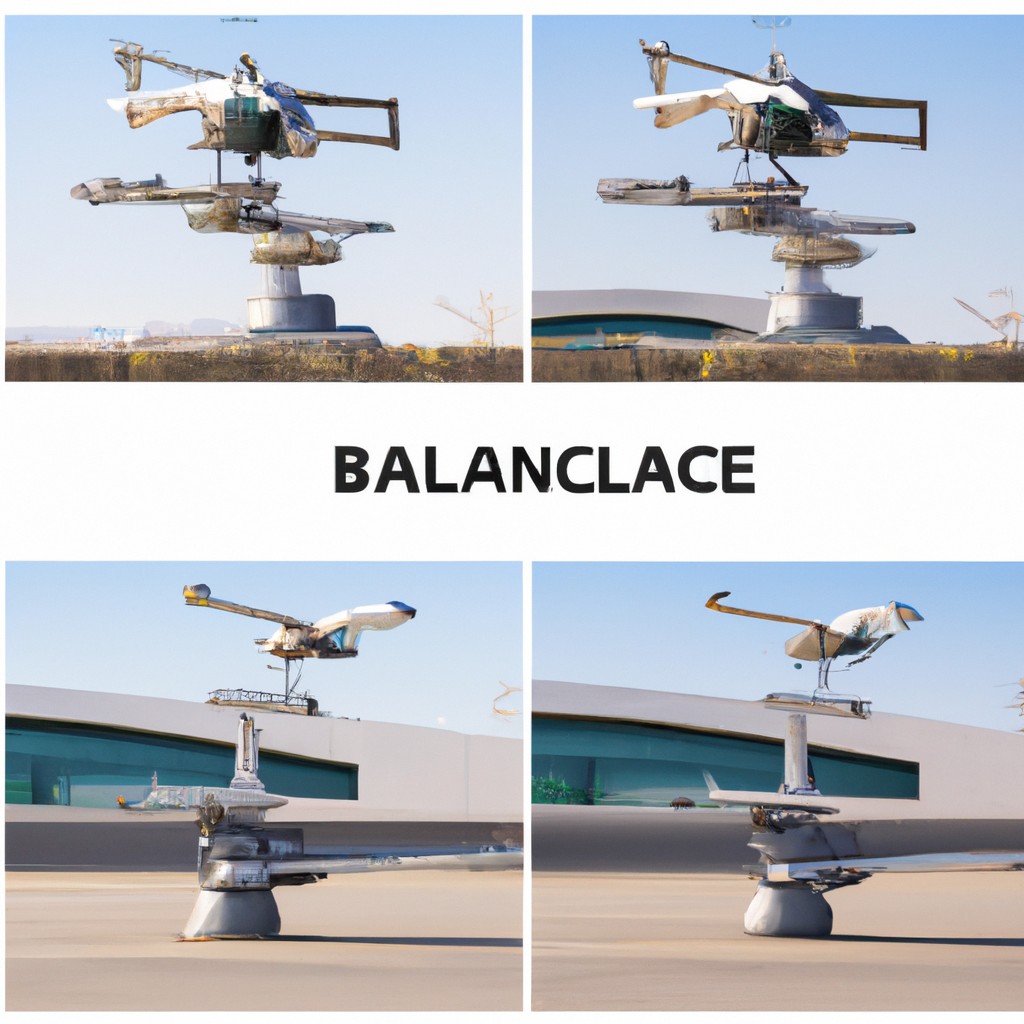Autonomous vehicles in China.

Autonomous vehicles in China are rapidly evolving, with technology and regulatory support driving progress. The country aims to be a global leader in the autonomous vehicle industry. Companies like Baidu and Pony.ai are leading the way in innovation and deployment. Chinese cities are becoming testing grounds for self-driving cars, showcasing the country's commitment to advancing this technology. The government's push for autonomous vehicles is fueled by the promise of safer transportation and reduced traffic congestion. With the rapid development of autonomous driving technology, China is on track to revolutionize the way we travel in the near future.
Read more














